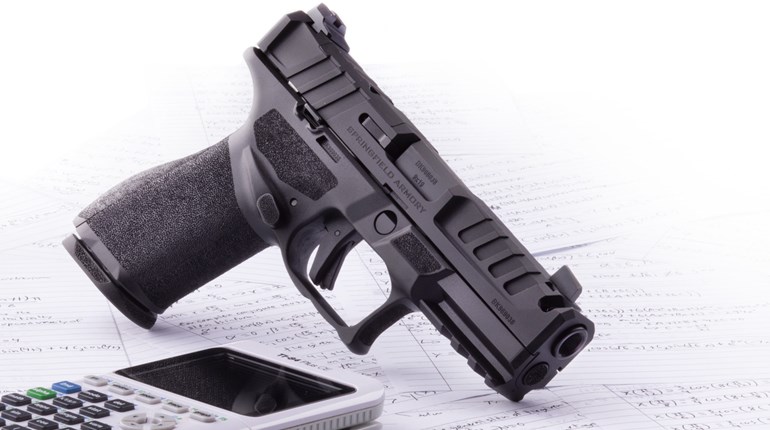
For us, “Drill Practice” is isolating an individual part of a skill and focusing intently on improving or mastering. The goal with good drill practice is to maximize overall improvement while minimizing overall effort. Success equals consistency over time.
To help get the most out of your range time, change the distance from which you shoot and/or the area of target you attempt to hit, and vary the time you are allotted. These changing factors will help to refine your skills.
In our concealed-carry classes, we are developing not just your ability to defeat your cover garment, but dealing with an unknown, unknowable event. We have no idea what range, target exposure or number of rounds may be required to stop the threat. This drill helps assess your skill level across a broad set of variables. You have multiple stages from different distances and different courses of fire at each. What remains the same is you will fire five rounds, and you will have 5 seconds for each stage.
There are a lot of different ways we run this drill. If you feel your skills are at the intermediate level, then consider performing from concealment. If not, but your range allows you to draw from the holster, use open carry. If you cannot draw from the holster, then perform all stages from the ready position. At the advanced level, use concealed carry and also incorporate lateral movement during the drawstroke.
You will need a target with scoring zones in the body and head, 8 inches and 4 inches, respectively. The drill starts at the 3-yard line, then moves to 5, 7 and finishes at 10 yards. Start as prescribed, but if you can score 80 percent (less than five misses) or better, consider scaling up. To scale up, complete the drill concealed carry and then add lateral movement. Any shot fired greater than the par time is an automatic disqualification. Load two magazines of 10 rounds. Total number of rounds fired is 20 rounds. The maximum score is 100 points with each miss resulting in a four-point penalty.
Here’s the Drill:
The task will be to fire five rounds at each stage. The condition will be from the holster starting at the 3-yard line and progressing to the 10-yard line. The standard will be a 5-second par time with an 80-percent score or better.
● At the 3-yard line: On the signal, draw and fire five rounds to the head.
● Move to the 5-yard line: On the signal, draw and fire five rounds to the body, strong hand only.
● Move to the 7-yard line: On the signal, draw and fire four rounds to the body and one round to the head.
● Move to the 10-yard line: On the signal, draw and fire five rounds to the body to complete the drill.
The drill’s objective is to complete various courses of fire within the most likely self-defense distances under time constraints. The shooter will need to adjust their focus at each stage to accommodate the degree of difficulty. Our best advice is to see what you need to see for each shot and stage. Let your sights dictate your speed. Go fast where you can, but cautiously. Good luck.





































